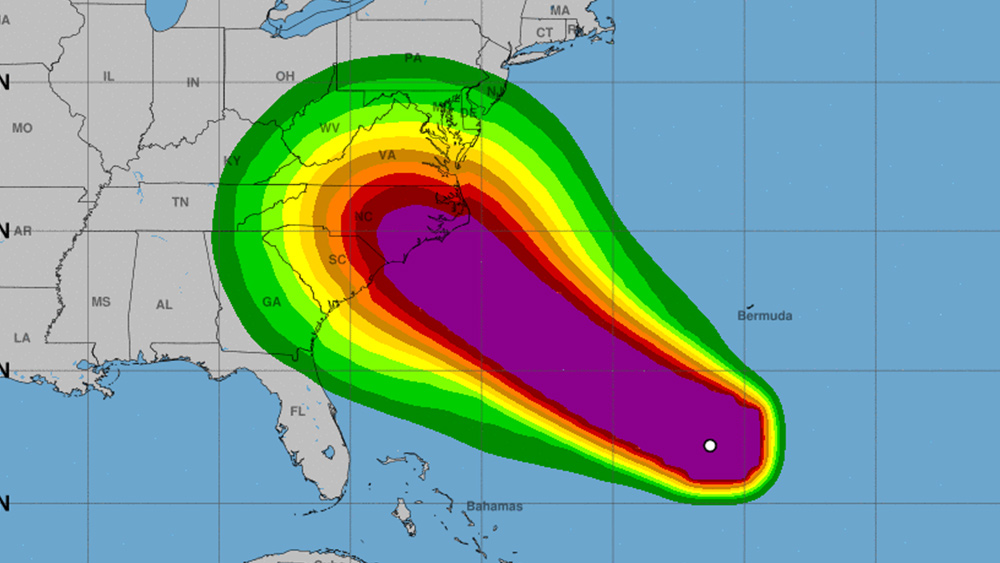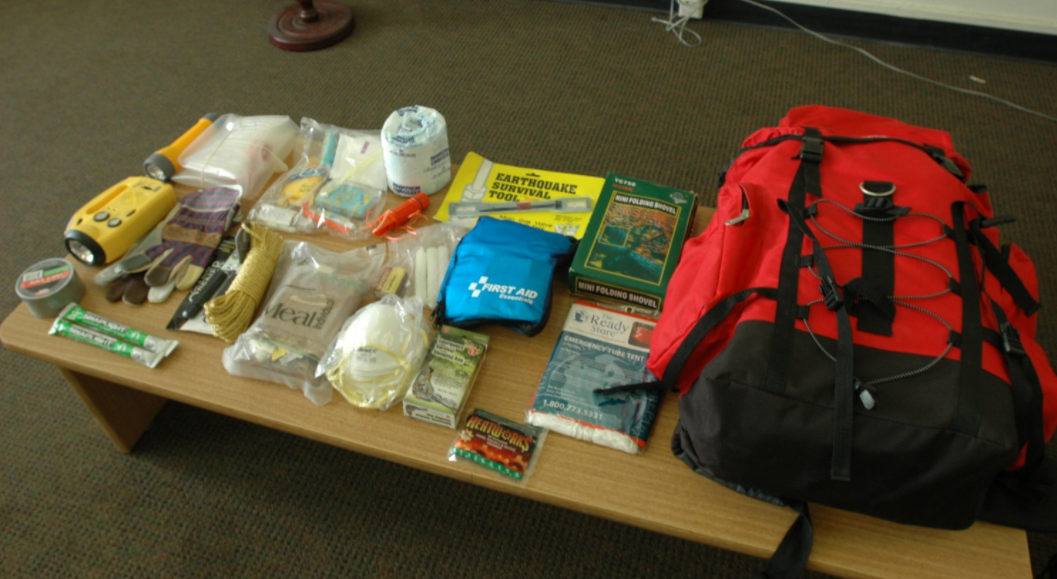The versatile safety pin: 17 reasons you should have some in your bugout bag and survival cache
06/05/2018 / By Zoey Sky

When packing a bugout bag, have you ever considered including some useful odds and ends like the versatile safety pin?
It may not seem like much but the safety pin deserves some space in your bugout bag (BOB) or everyday carry kit (EDC kit). Ideally, you should have a BOB, first aid kit, and an EDC kit with you wherever you go. But what happens if all that’s left behind is an EDC kit? (h/t to SurvivalSullivan.com.)
17 survival uses for a safety pin
Below are 17 various uses for a safety pin. Do take note that most of the suggestions below consider the safety pin as a last resort.
- Attach/close a makeshift shelter – You can attach clothing or a cloth-like material to cordage if you have to make a temporary shelter.
- DIY lance – You can use a safety pin as a lance for boils or injured fingernails. Heat the pin first to sterilize it before using it.
- DIY sling/splint – If you need a sling or a splint to secure someone’s arm or shoulder, you can make one out of some clothing, a stick, and some safety pins.
- Escape handcuffs or a locked room – In a survival situation, you never know when you might need to escape captivity. If you don’t have a lock-picking set with you, you can use a safety pin as an alternative.
- Fishing hook – You can use a safety pin as a makeshift fishing hook. Tie a pin to your fishing line, then open the pin and bend it so it looks like a hook. Add some bait and drop the line into the water. Take note that this safety pin fishing hook is better suited for smaller fish.
- Fix unthreaded drawstring – If the drawstring on your jacket hood or sweatshirt comes off, you can easily replace it with some cordage and a safety pin so you can stay warm.
- Flush out a wound – If you ever get injured, flush out your wound with some water. Take a safety pin, poke a hole in a plastic bag or water bottle, and use the precise stream of water to clean open wounds. This will also help conserve your water.
- Hang clothes to dry – When camping, you’ll occasionally need to hang some clothing out to dry. Use some safety pins to secure your clothes while they’re drying out.
- Reinforce zippers – If you ever break a zipper pull, replace it with a safety pin. You can also secure two zippers on your BOB or EDC kit by fastening it with a pin.
- Remove foreign objects stuck under your skin – You can use a safety pin as a makeshift pair of tweezers to remove any insect stingers, splinters, or thorns.
- Repair any rips/tears in clothing/gear – In a survival situation, you can secure your clothing or gear with several safety pins.
- Replace a button – Use a safety pin as a makeshift button on clothing if you don’t have time to sew it on properly.
- Secure DIY bandage – You can create a makeshift bandage with some strips of clothing or other clean material. Wrap the cloth around the wound and carefully secure it with some safety pins.
- Secure fishing bait – When fishing, you can use a safety pin to secure your bait. Attach the bait to the trigger to reduce the chances of your prey escaping.
- Sewing awl – Larger safety pins can be used as a sewing awl for heavier material like burlap, canvas, or leather. Straighten out the pin and use the sharp end to pierce the material, then twist it around to make the hole large enough for cordage. Push the cordage through the holes.
- Stitch wounds – When you need to stitch up a cut, you can use a safety pin as a makeshift needle. Heat the pin first to sterilize it before using it. Be very careful not to break the thread when stitching.
- Toothpick – Not exactly a lifesaver, but a clean safety pin can also be used as a toothpick. Be careful so you don’t injure your gums.
Aren’t safety pins useful? You can even hide several safety pins in the hem of your pants or the inside of a hat or hoodie.
When SHTF, preppers know that things aren’t always as they seem. Even a simple safety pin just might save your life. (Related: 7 “extra” items for your bugout bag that would be nice to have in any emergency.)
Other unusual items for your BOB
If you’re looking for more unusual but useful items to add to your BOB, check out the list below:
- Chopsticks – Not everyone knows how to use them, but you can use chopsticks as eating utensils, kindling, or even splints if you injure a finger or a toe.
- Dryer lint – Dryer lint is a great fire starter since it’s dry, loose, and has some oils that make it flammable. Keep some in a small tin for emergencies.
- Floss – You can use unscented floss as a makeshift cordage, and you can even cut soft foods with it.
You can learn more about proper survival gear at Gear.news.
Sources include:
Tagged Under: bug out, bugout bag, Collapse, disaster, EDC kit, everyday carry kit, multipurpose survival tools, off grid, preparedness, preparedness tips, prepper, prepping, prepping tips, safety pins, SHTF, survival, survival cache, Survival Tips, survival tools, survivalist



















